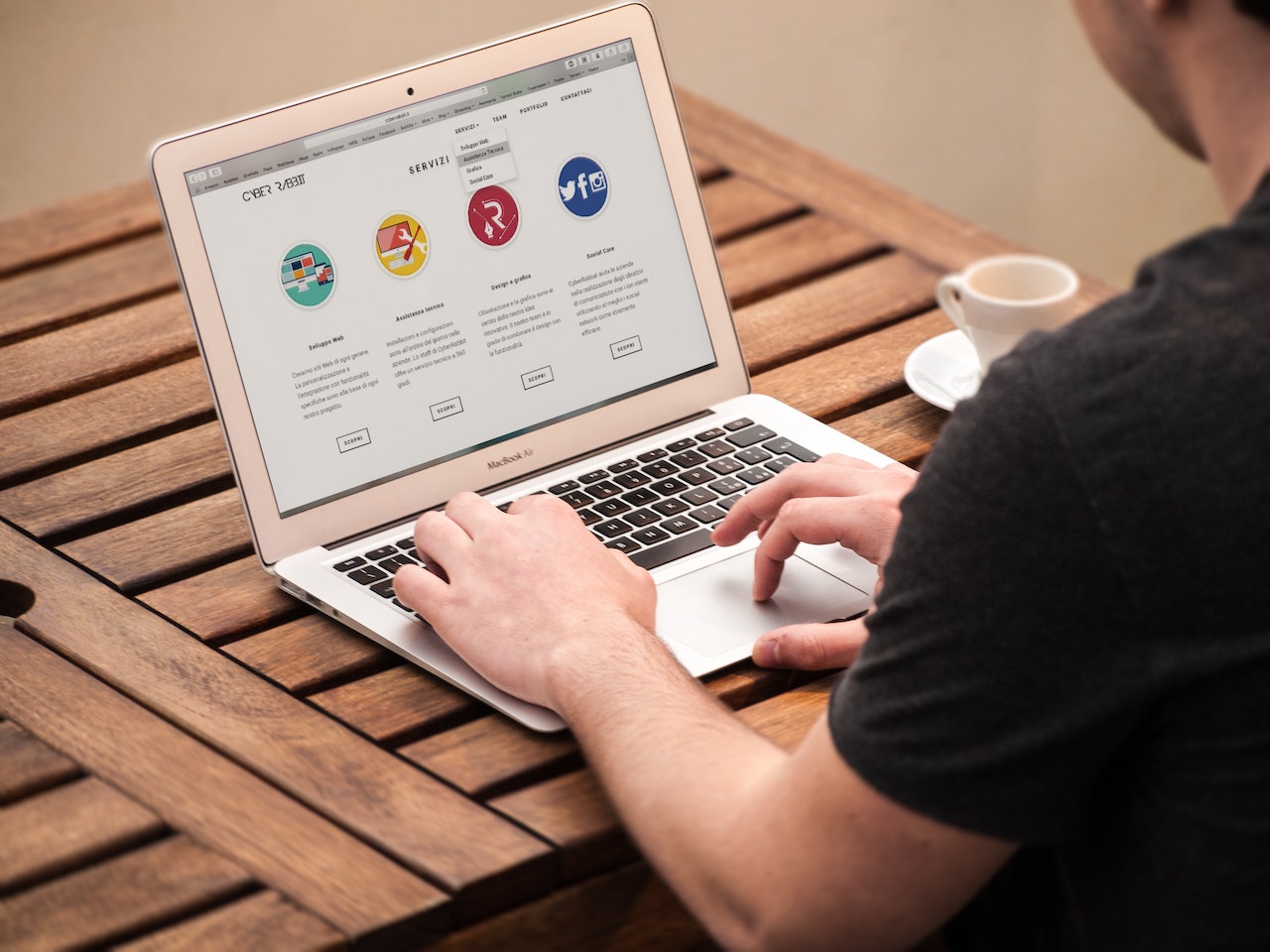UX design can take on multiple forms. There are five methods that can be used to ensure designers create the best digital experiences possible.
Understanding the Challenge
To create a digital product that users are excited about, you have to understand the problem that the product is trying to solve. Designs will vary based on the needs of the users. To do this, designers need to listen to what those needs are. It is important that designers use active listening skills to understand the cognitive friction users are experiencing. Designers need to decide which challenges are causing the most cognitive friction and focus on fixing those first. If a designer takes on too many users requests, the product can become complicated and hard to maintain. It is imperative that designers use their expertise in addition to user input.

Research and Personas (Contextual Design)
Contextual design, a design process focused on using data from users, is central to UX design. This method aims to understand users’ wants and needs for a digital product. These designs should expand on the current behaviors of users, making their current practices easier. Research should be conducted with the user instead of simply observing their behavior. Interviews and focus groups are a great way to get the user involved in the design process. Users can answer questions from designers and provide feedback before final design decisions are made.
Once information has been gathered from users, designers can create personas to organize their research findings. Personas are meant to describe all of the potential users of digital products. Users’ wants, needs, and frustrations should be highlighted through this process. This will allow designers to figure out the most common needs and pain points which they can then apply to their designs.
Prioritize User Needs and Goals (Experiential Design)
Personas are created to ensure user needs and goals are put at the forefront of design. The goal of UX is to make life easier for people using a digital product. But it is also important to include a ‘wow’ factor in the designs. This is the piece that keeps users engaged and coming back for more.
As design advances, more thought is placed on making designs a full experience rather than just something visual. This is where experiential design comes in. This type of design is meant to be an immersive experience for the user. By making the user feel like they are part of the design, digital products are more likely to bring excitement. For example, an experiential design for an e-commerce website could allow users to virtually try on sunglasses before they buy them. This puts users in control of their purchases, solves the problem of not knowing what design suits them, and gives the user an exciting experience they are guaranteed to remember.

Test and Evaluate (Conceptual Design)
When a designer begins creating, they have an idea in mind for the overall look and feel of the design. This idea is then played out through the creative process. This original idea is thought of through research of the product or service as well as the users. It is important to evaluate and change the original concept throughout the creation when things are not working properly.
Testing should be done throughout the design process and not just at the end. This involves using some of the methods previously mentioned in the research phase. This includes asking users to try out the product and provide feedback through interviews, focus groups, and surveys. Accessibility testing should also be completed to ensure people with all abilities will be able to use the product. Upon receiving feedback, designers can evaluate the design and make adjustments to the original design conception.
Iterate (Iterative Design)
Iterative design allows for changes to be made throughout the design process. As more testing is done and feedback is provided, the designer can make improvements to their original thoughts. New ideas can be designed quickly and tested to determine if they should be used moving forward. This process allows innovation and originality to be at the forefront of the project. Design updates create a better user experience for future users.
A great example of this type of design is Wikipedia. With a focus on community editing, anyone is able to make quick changes to Wikipedia pages to improve the content that is being presented. These quick adaptations allow more accurate information to be published so future users have a better and more accurate experience.









